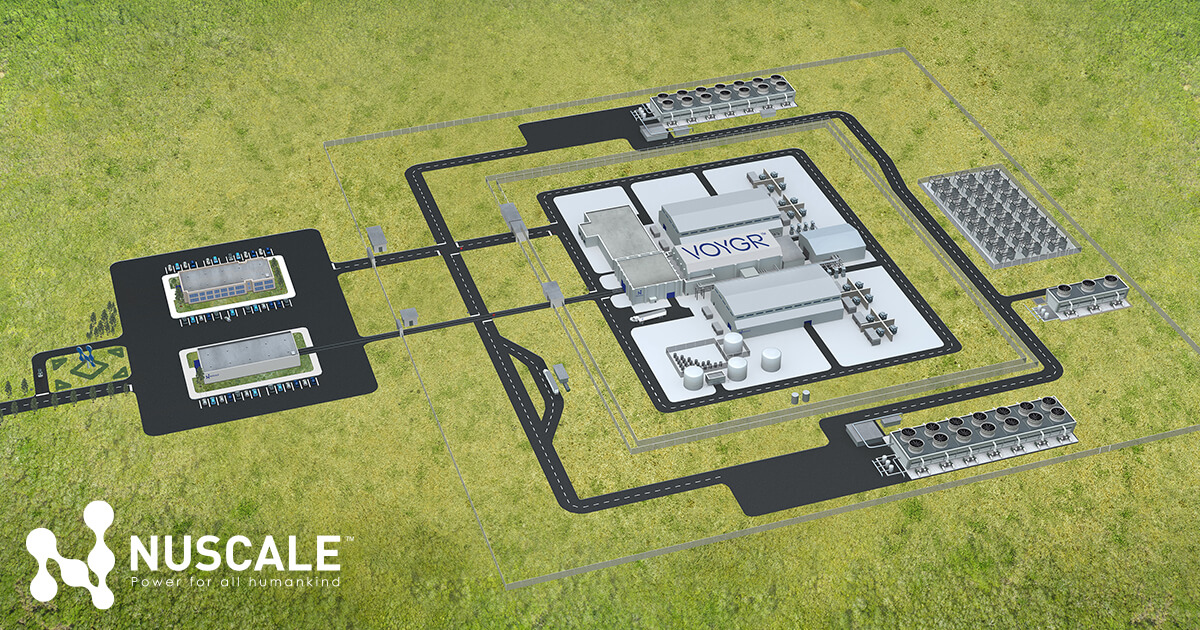Erwin_Pommel
Well-known member
No, as it would be too consuming to do it when the sub can just have a piston system using the water its in to move it and work it. You'd also get shorter operation times as the crew would run out of food quicker due to a higher demand caused by the exercise done.Now this may seem like a dumb question, but has anyone ever looked at trying to recharge the batteries on a sub using human-powered means i.e. stationary bikes with a generator attached?
Simple and easy doesn't mean necessary nor efficient.But it seems like the sort of thing that would be simple and easy to fit into an existing SSK design.
If your sub was the size of a small car, then, sure, you could probably do something with a bike, but such a sub would be useless as any benefits it has are counteracted by much better equipped and significantly more efficient drones and aerial vehicles or just bigger subs in general.
To sum up, a pedal bike power system would be a waste of space, time and effort.


